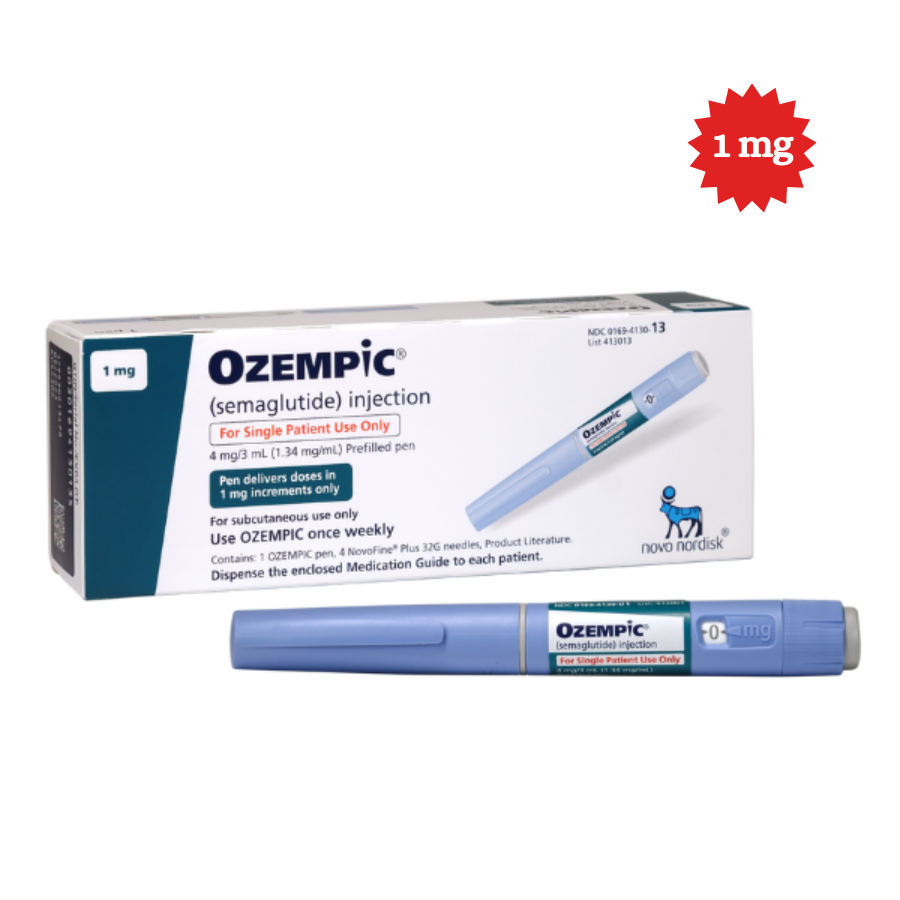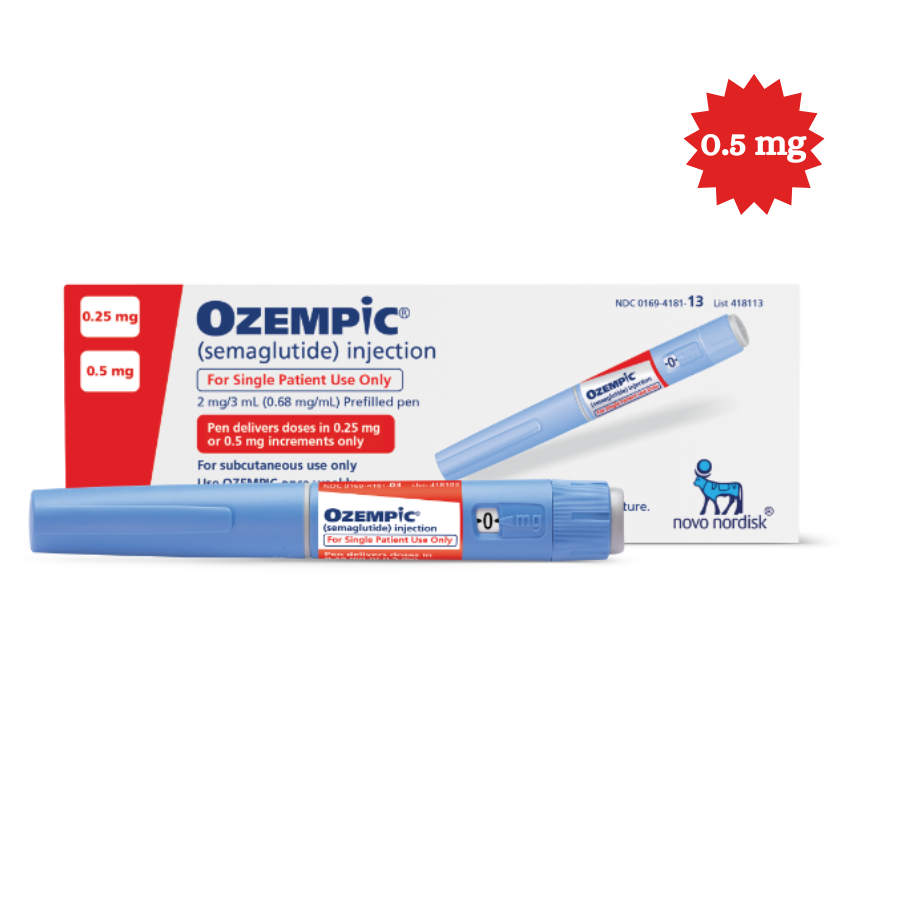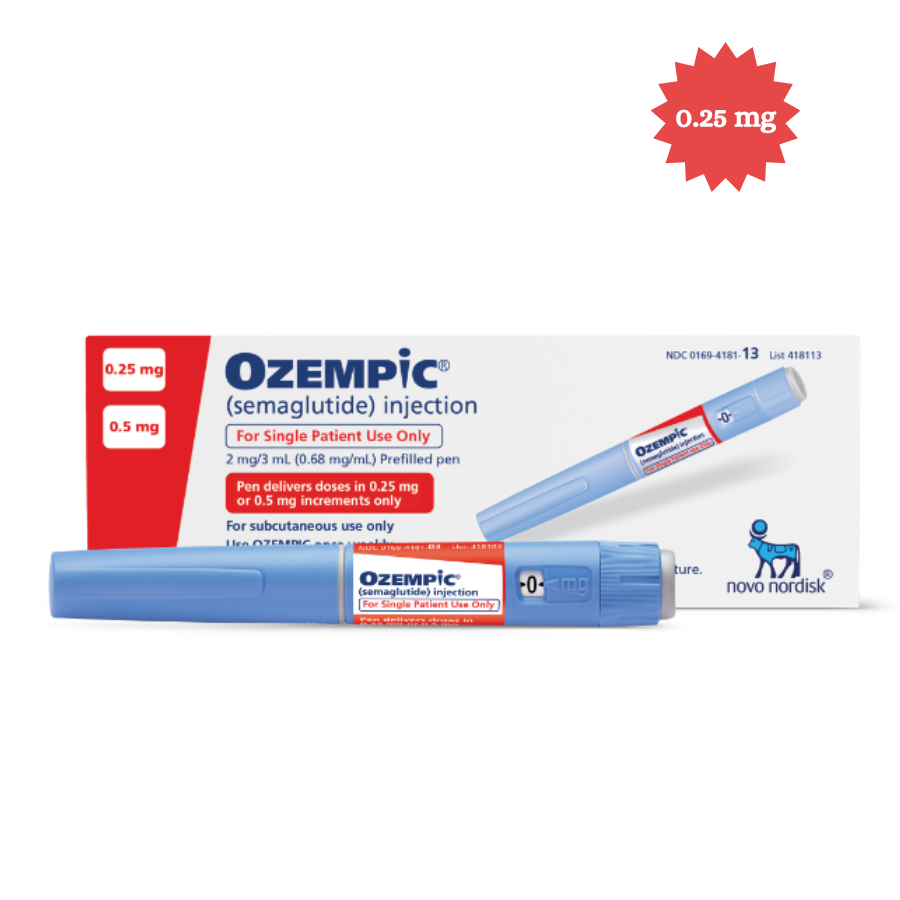Ozempic is a breakthrough medication that holds promise as an effective aid in weight loss. Originally developed to manage type 2 diabetes, Ozempic has shown remarkable potential in supporting individuals on their weight loss journeys. By targeting specific receptors in the brain, Ozempic helps to reduce appetite and increase feelings of fullness, paving the way for significant weight loss. With the guidance of healthcare professionals, individuals can harness the power of Ozempic to achieve their weight loss goals and embrace a healthier, more fulfilling lifestyle.
Ozempic belongs to a class of drugs called glucagon-like peptide-1 receptor agonists (GLP-1 RAs). It works by mimicking the action of a natural hormone called glucagon-like peptide-1 (GLP-1), which is responsible for regulating blood sugar levels and inducing a feeling of fullness after meals. By activating GLP-1 receptors in the brain, Ozempic stimulates the release of insulin, slows down digestion, reduces appetite, and promotes satiety.
When used specifically for weight loss, Ozempic demonstrates remarkable efficacy. It achieves this by primarily targeting excess body fat, particularly around the waistline, which is a common concern for many individuals. Weight loss injection Ozempic offers several additional benefits that contribute to its effectiveness as a weight loss aid. Firstly, it helps regulate blood sugar levels, making it particularly suitable for individuals with type 2 diabetes or prediabetes, who often struggle with weight management due to insulin resistance. By improving glycemic control, Ozempic helps prevent excessive glucose spikes and crashes, which can lead to cravings and overeating.
In addition to its weight loss benefits, Ozempic has demonstrated positive effects on cardiovascular health. It has been shown to reduce the risk of major adverse cardiovascular events, such as heart attacks and strokes, in individuals with type 2 diabetes and established cardiovascular disease. This dual action of promoting weight loss and improving cardiovascular health makes Ozempic a compelling treatment option for those seeking comprehensive wellness.
However, like any medication, Ozempic may have potential side effects. Common side effects include gastrointestinal symptoms such as nausea, vomiting, diarrhea, and constipation. These effects are typically mild and diminish over time as the body adjusts to the medication. Serious side effects are rare but may include pancreatitis and kidney problems. It is crucial to consult with a healthcare professional before starting Ozempic to ensure its suitability and to receive proper monitoring throughout the treatment.
To prepare the Ozempic injection, follow these steps:
1. Thoroughly cleanse your hands using soap and water.
2. Remove the cap from the pen.
3. Inspect the medication in the pen, ensuring it is clear and colorless. If it appears cloudy or contains particles, do not use the pen.
4. Take a new needle and remove the protective paper tab. Use a new needle for each injection.
5. Attach the needle to the pen by pushing it straight onto the pen and then twisting it until it is securely attached.
6. Remove the outer cap of the needle, but do not dispose of it.
7. Remove the inner cap of the needle and discard it. You may notice a small drop of medication at the tip of the needle.








